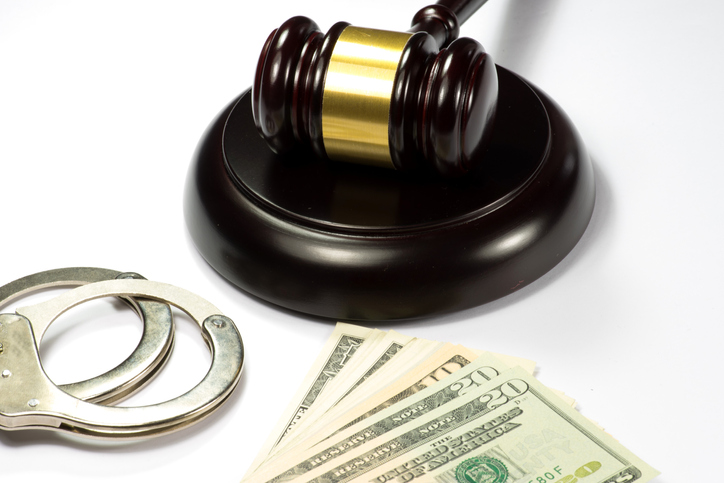At the Griffin Law Office, APC, our San Diego criminal defense attorney represents clients arrested for various alleged crimes throughout California. Often, one of the first questions our clients or their family members ask is how the accused’s bail amount is determined.
Bail in California is determined through a process that considers various factors, with the primary goal of ensuring that the defendant appears in court for their scheduled hearings.
Here, our San Diego County defense lawyer explains why the answer is often more complicated than an amount.
How Does a California Judge Determine Bail Amounts?

The specific procedures for setting bail can vary by county, but the following general principles apply statewide, including:
- Why the Person Was Arrested and Booked
When a person is arrested in California, they are typically taken to a local law enforcement facility for booking. During the booking process, personal information is collected, and the nature of the alleged crime is documented and entered into the criminal justice system.
- Assessing the Initial Bail Schedule
Many California counties have established Uniform Bail Schedules that list recommended bail amounts for criminal offenses. Judges often refer to these schedules — which can vary widely by county — as a starting point when determining bail but have the discretion to lower or raise the amount.
- Considerations Made During Arraignment or Bail Hearing
The bail amount is usually determined at the defendant’s first court appearance (arraignment). The judge can release the defendant on their recognizance, deny bail, or set a bail amount. The more serious the offense or the more significant the flight risk, the higher the bail will be set.
Defendants who cannot afford bail can request a bail review hearing to argue for a lower bail amount or release on their recognizance. During a bail review hearing, a judge will consider various factors to determine whether to set bail and, if so, at what amount.
The factors include:
- The seriousness of the crime.
- The defendant’s prior criminal record.
- The defendant’s ties to the community, including employment and family.
- The defendant’s financial resources.
- Any potential flight risk posed by the defendant.
- Public safety concerns if the individual is released.
Once bail is set, the defendant can pay the total bail amount in cash to secure their release. However, many defendants use bail bond services. A bail bond typically requires the defendant or their family to pay a percentage of the bail amount (usually 10%) to a bail bond agent. The agent then posts a bond with the court for the entire bail amount, and the defendant is released.
If the defendant appears in court as required, the bail bond is returned to the agent, and the defendant or their family is responsible for paying the agent’s fee (the 10% or another agreed-upon amount).
If a defendant fails to appear in court as required, the court may issue a bench warrant for their arrest, and they may forfeit the bail amount or bond.
Are You Seeking Bail After Being Charged with a Crime in California?
It is important to note that bail reform efforts have been ongoing in California, and there have been changes in recent years aimed at reducing the reliance on cash bail and providing alternatives for low-risk individuals.
These changes may impact the bail determination process in some counties.
If you have been arrested for a state crime in California, contact our skilled San Diego criminal defense attorney at the Griffin Law Office today to learn more about your legal rights and options to pursue bail so we can help build your defense to seek the best outcome for your case by calling 619-269-2131 today.
